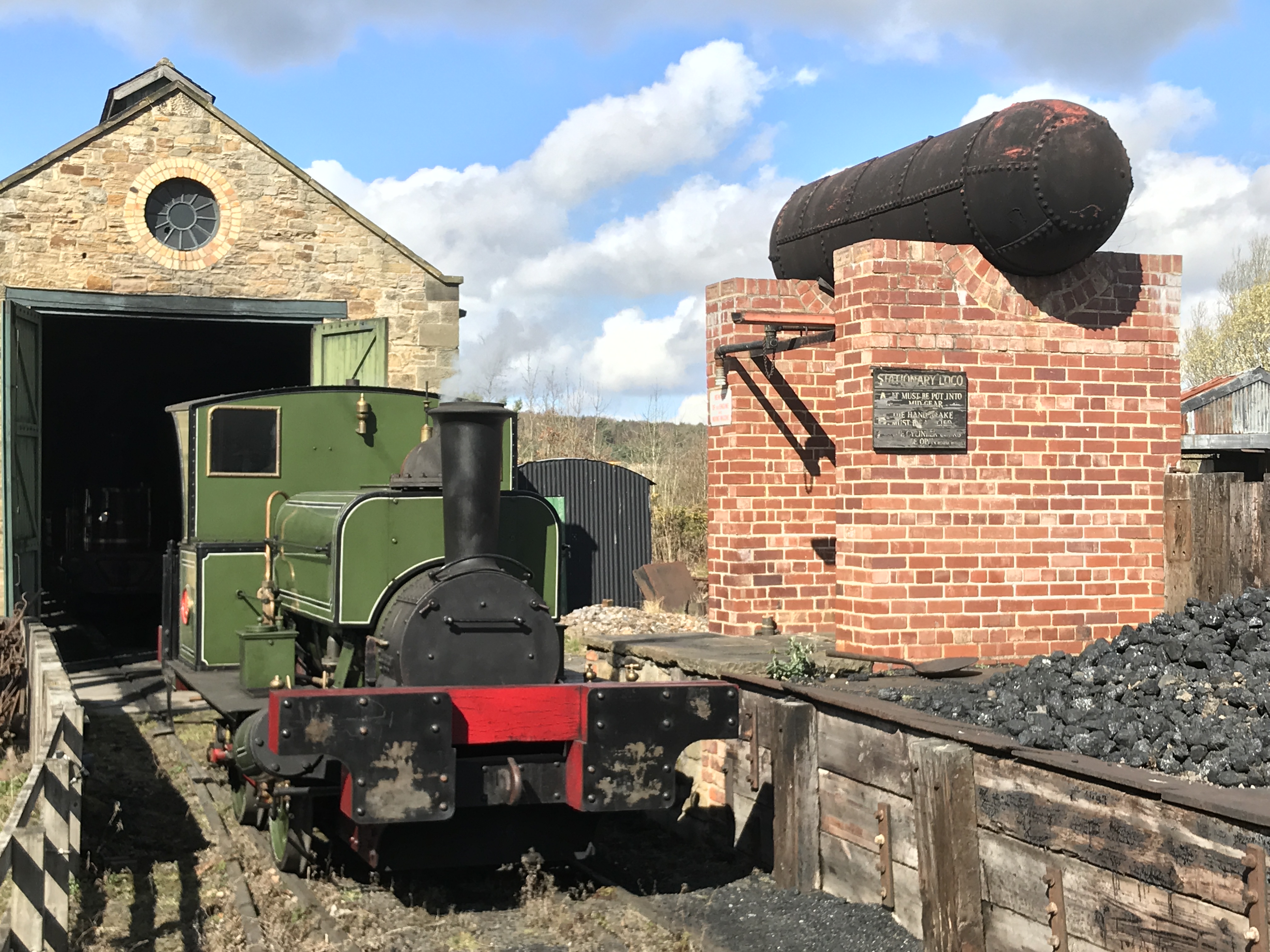
T&I News 6 2021…
Hello and welcome to the blog. The clocks have changed, we’re enjoying some warm, sunny weather, and we look forward to the first stage of reopening the museum in less than two weeks time.
2021 Transport Operation
This news has been some time in coming, and even in presenting it here, it is important to remember that any reopening of the transport exhibits is influenced by a number of factors, each of which is being considered for each specific operation. These include:
- Availability of resource – can we staff the operation (and have we the means to do this given the need to consider competency/refresher timetable)
- Availability of infrastructure and rolling stock – like the rest of the site, these areas have had their planned maintenance heavily affected by lockdowns and restrictions on opening the museum
- Do the Government steps 1 to 4 allow it – in this instance, I am assuming that social distancing measures will continue for some time beyond the June 21st aspiration stated in the roadmap for relaxing the lockdown – this is a key one to the plan but I won’t keep repeating it here as I am sure that everyone is fully aware of how potentially precarious this could be
- Can the museum accommodate the operation – for instance, with buildings closed or queues moved outside, is it safe for us to carry out some transport operations where this displacement has occurred
Over the winter, the planned maintenance on steam boilers has been carried out, with annual inspections completed by the insurance company surveyor. This was to both ensure we have options for steaming these in 2021, but also to provide continuity of inspection and insurance cover for each of the boilers involved.
All of these things are thrown into the fairly turbulent melting pot, and the list below, whilst not certain by any means, is the best plan we are currently able to make, and it is the one that we are basing the resource planning for 2021 on.
- Museum opens as a park from the 12th April 2021. We also hope to include an (externally operated) fairground from this date.
- Buses: We will operate a Wheelchair Accessible Vehicle (WAV) from the 12th April, and a circular service from May 17th – as we operated last September onwards. No Colliery bus is forecast at this stage but may re-start once Step 4 is achieved.
- Waggonway: We plan to recommence daily operation from May 28th (Whit week/Summer half term), within Step 3. Capacity will be limited due to the need to implement social distancing measures and also as we are one coach short. We have looked to external funding to allow construction of a new replica of the S&DR ‘Experiment’ coach, which will add three compartments back into the train, including one with wheelchair access. However, this is dependent on a successful outcome for our grant application.
- Colliery Railway: This will recommence operation from the 1st May, then operate weekends and holidays thereafter (Step 2, 3 and 4). A mini-event will take place on the 1st May, and we also plan to celebrate Coffee Pot No.1’s 150th birthday during the season – more on this in due course.
- Narrow Gauge Railway: This will run for events such as the 1st May, and on other dates TBC.
- Rowley Station: This will not operate in 2021, though we plan to reintroduce station engagement from Step 3 (no earlier than the 17th May).
- Tramway: Due to the constrictions within the Town area, and observations of visitor numbers outside buildings in 2020, we are planning to phase the reopening of the tramway. The initial recommencement of operation will take place on the 4th September, with a Circular Tour attraction (probably using Blackpool 31), starting and finishing at Foulbridge and making best use of available seats given social distancing measures that may still be in place (31’s seating layout is particularly well suited to this). Stop to stop carriage of passengers, while social distancing is in force, will slow any service down to the extent that it would be unrealistic to offer it as such, whence the start to finish ‘tour’ where everyone is seated once, and remains so until the tour is completed. By this method we hope that we can offer more interest to visitors. Needless to say, if resources allow, the number of trams/frequency could be reviewed and increased if conditions allow.
- We also intend to accommodate a certain amount of track renewal during the summer and into autumn, so this is dovetailed with this operation. We are not able to take the opportunity to carry this work out any sooner, due to the financial impact of the prolonged closure period, but a programme of work has been devised and awaits implementation.
Hopefully these operations will appeal to visitors and enthusiasts, and by specifically advertising when they will be taking place, it will help those planning a visit to the museum to select an appropriate date to do so. I cannot reiterate enough, however, that all of this is subject to change! We will also, wherever possible, try and better this programme, and this will be communicated via this site.
Engineering
Below: Whilst not a historical vehicle, our Iveco Cherrypicker is an essential tool, and one which has been well used and abused (mostly the latter!) by various teams since purchase several years ago. Over lockdown three, it was brought into the workshop for a number of jobs to be carried out, that had been deferred and rolled over from previous inspections. As well as a service and mechanical repairs plus testing of the lift, a number of areas of the bodywork were in poor condition, so Chris and apprentice Dan set about repairing these. In the first section, corrosion of a wheel arch is clearly visible. The second photo shows the rolled patches, inserted and welded into position.
Below: Numerous patches and plates, as well as replacement gussets, have been needed on the underside of the vehicle too.
Below: Another before and after, showing the corroded gusset that supports the side fairing.
Below: As we will be moving Samson back to the Colliery in time for the 1st May event, the rear bufferbeam required making and fitting. Dave Young had previously prepared the beam itself, so Dan and Chris are fitting these and next week Don and Zoe will shorten the clevis for the drawgear. I’ll try and paint and linseed these items before May 1st so the loco is ready for what is likely to be only limited use in 2021, but increasing in 2022.
Below: The completed job, with the metal faceplate previously prepared by Dave. The notched section is to clear the coupling.
Below: Another job on the long to-do list is fitting new ground frame locks at Rowley Station and the Waggonway. To enable these to locate positively, an arched steel cowl (or locking arch) has been made to suit each, into which the lock pin is engaged. These first two views show early days in the production of the locking arch, this one being for the Waggonway.
Below: The Fortress lock, selected for this job. These are used in industry, usually as a means of locking machinery, but they have also been used in the heritage railway sector too. The key forms part of the token/staff, and the frame cannot be opened without it.
Below: A number of brackets are needed to mount the locks, and here Zoe uses a ‘wobbler’ to set up the bracket prior to drilling.
Below: This view shows the lock being tested on the point locking lever at the Waggonway. This view demonstrates the use of the bracket, and the way in which the lock follows the arc of the frame and the fabricated arch.
Below: Installation of the lock on the groundframe at the Waggonway. The red lever operates the signal, the black one the turnout between running line and yard, whilst the blue is the facing point lock (FPL) for the turnout, as well as carrying the frame lock now. Now that the lock has been installed, tested and signed-off, a paper trail will follow, to familiarise staff with the revised arrangement. The groundframe at Rowley Station will receive a similar lock and arch, and again the key will be attached to the token/staff carried on the locomotive. It goes without saying that Don and Zoe, working as a bubble, limit the time they work in confined spaces together and wear the appropriate PPE when at work on safety-critical infrastructure.
Below: The JCB 3CX has been undergoing maintenance – including replacement of the throttle cable. It is reported that apparently this seems to be the first component in a JCB assembly, with the rest of the machine being built around it! Alan has been working valiantly to replace the cable with the new component, threading it through the internal length of what is a very complex machine! *I am now told this work has been completed and the JCB is available for use once again.
Steam testing completed
Below: Last Friday, No.18, Samson, Glyder and both Pecketts were in steam for their final tests with the boiler inspector. All passed, and we then used Glyder to carry out an interim driving assessment before arranging a pair of timber bolsters for loading with wood. As described above, the railways in this area will be back in use from May 1st, and on that date itself we will have Coffee Pot No.1, No.18, Peckett 1370, Samson and Glyder in steam in the Colliery area. After this, No.18 will be the regular motive power on weekends and holidays.
Here are some views of the steam tests, taken on Friday afternoon in some very pleasant weather.
Below: It still remains our plan to open up this area of the Colliery further, to create better viewing opportunities of the narrow gauge railway. We will have to await the success of the rest of this year’s season to enable us to plan and resource this, but it remains a key development aspiration for the narrow gauge railway, in particular as we anticipate using this area more from 2022, whilst No.18 is undergoing overhaul.
Below: In order to prevent the timber drying out and the wooden barrels leaking, they are deliberately kept wet – though can take some time to fill from our fairly small water tank!
Timber felling
Below: A local agricultural college is working with the museum to fell timber throughout our extensive woodland holdings. Some of this timber is being sawn into lengths and stored around the site – so the chance was taken to load the two timber bolsters that are on loan to us from the Moseley Railway Trust. This has set us thinking about just how useful a little sawmill would be within the museum grounds…
Crosville 716
The restoration of the Leyland Cub KP2 bus, ex Crosville 716, is now virtually complete. I don’t have any new images at this point, as visually little has changed, but last week we were able to see it running and with all of the systems ‘alive’. We have a provisional date for first inspection by our team next week, after which we will tax, MoT it and also seek approval for the revised internal layout. I won’t say when we will have it in operation at Beamish (there are still staff to train and familiarise on the bus) but this day is getting nearer! I hope that we will have it on display at on the 1st May transport running day -so watch this space for confirmation of this…
Remaking Beamish
Below: Here are some more photos showing progress on the Semis and Police houses. Of interest in this location is the probable location of a short row of domestic garages – we hope to use these to house some 1950s period-appropriate cars and motorcycles in due course.
Below: The likely position of the garages will be at the end of this road (it is not clear to see in this view, but it will be a concrete road, with turning area at the end, and garages located where the pallets in the distance can be seen).


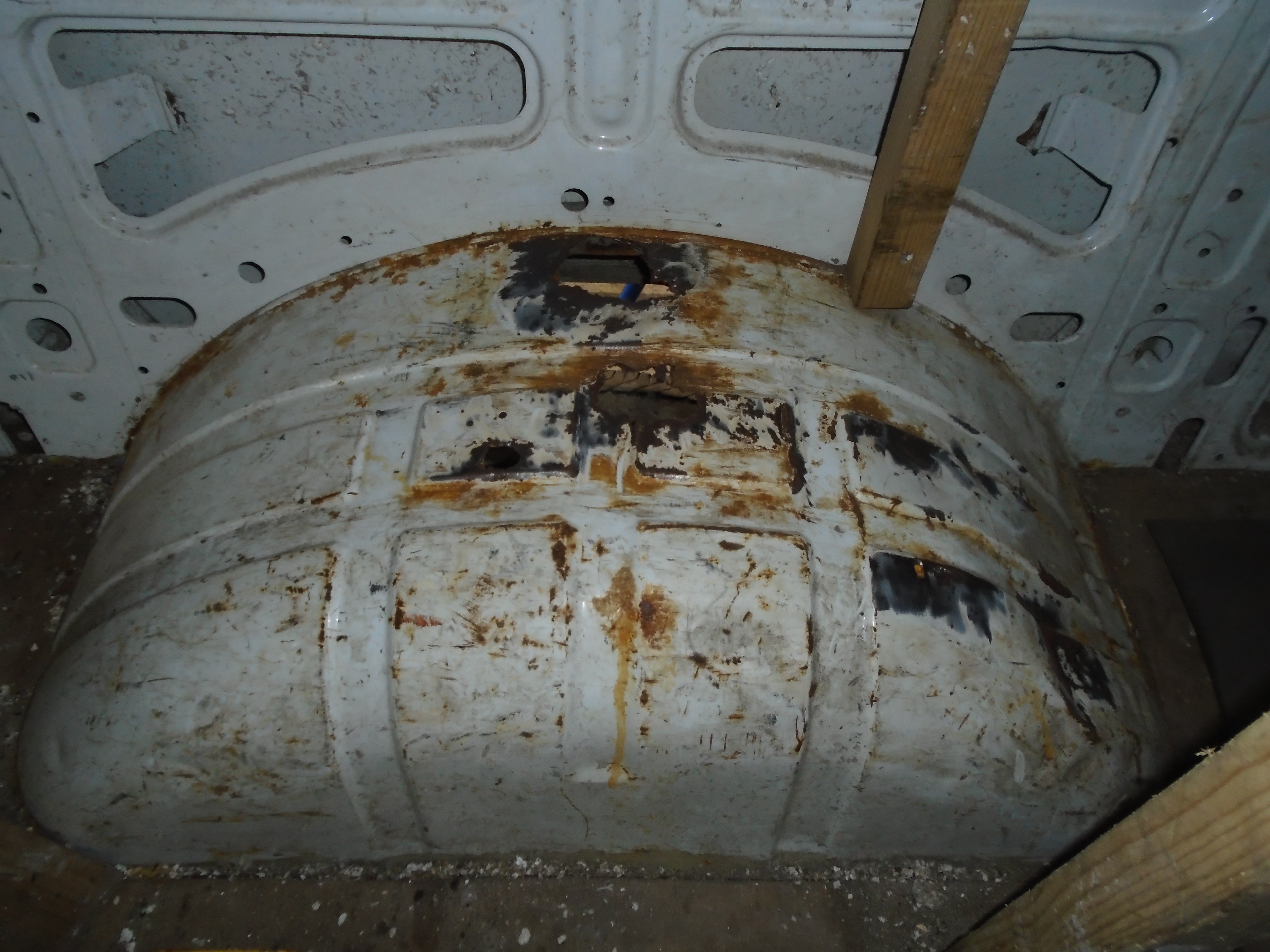

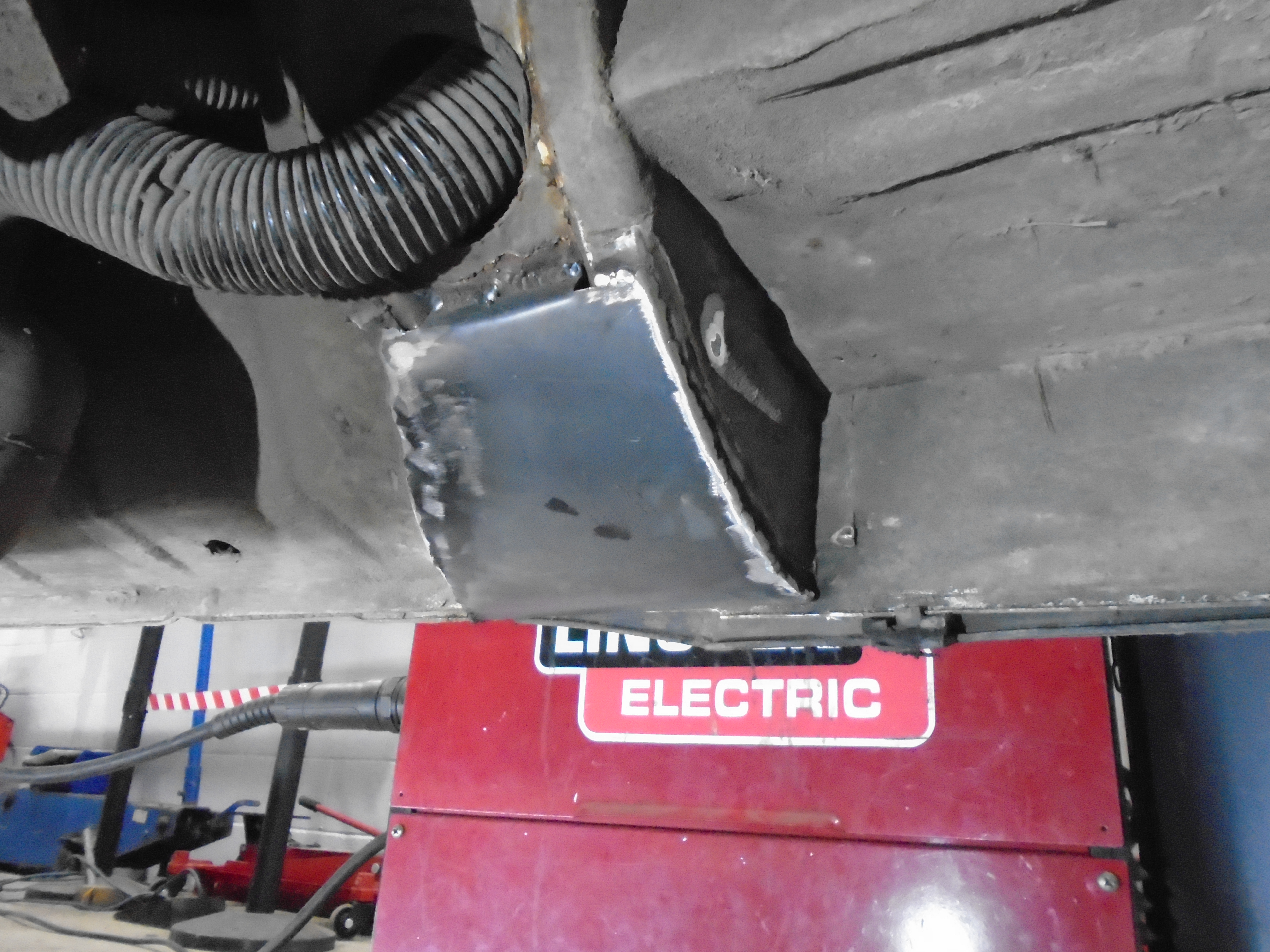
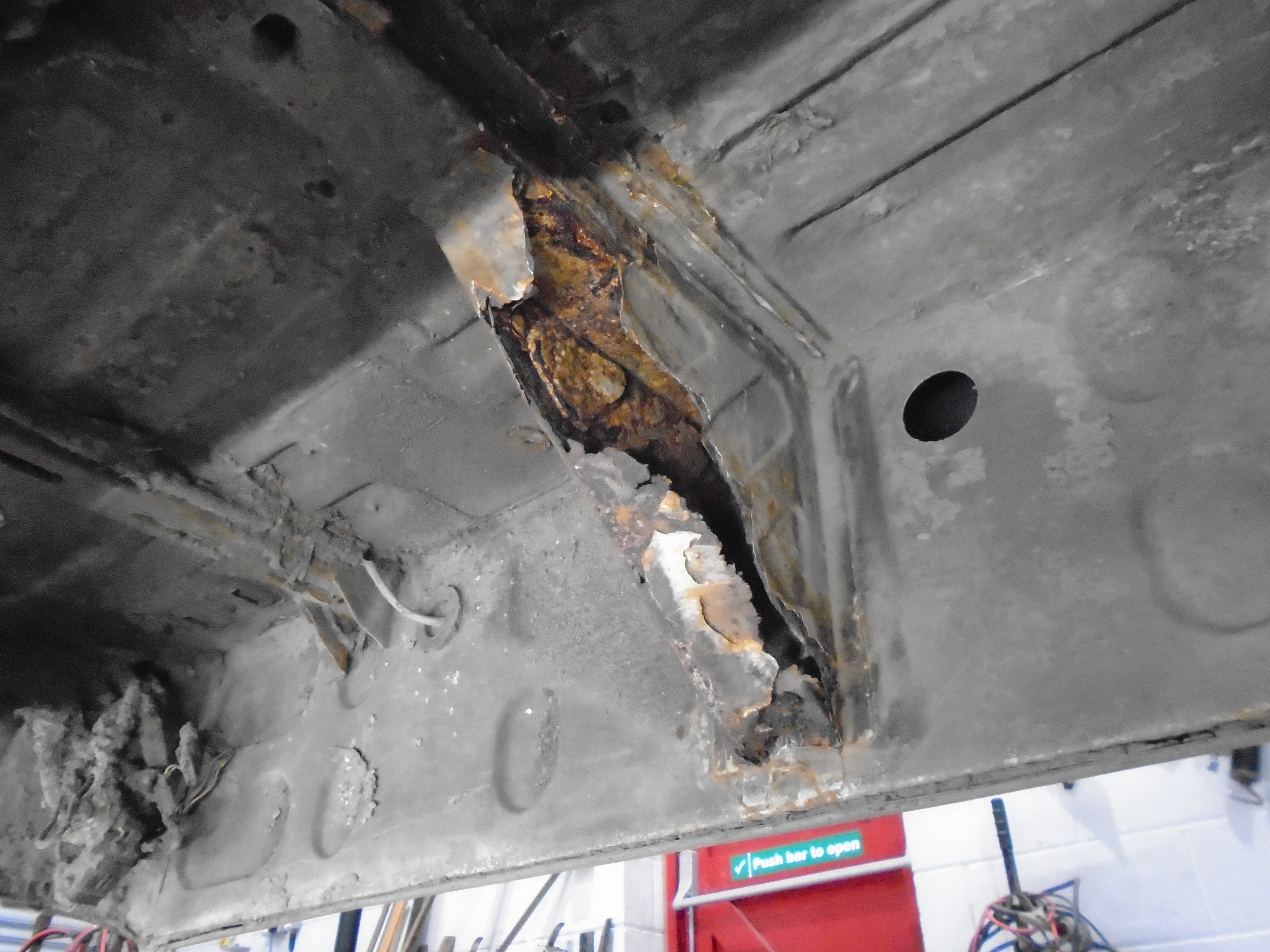

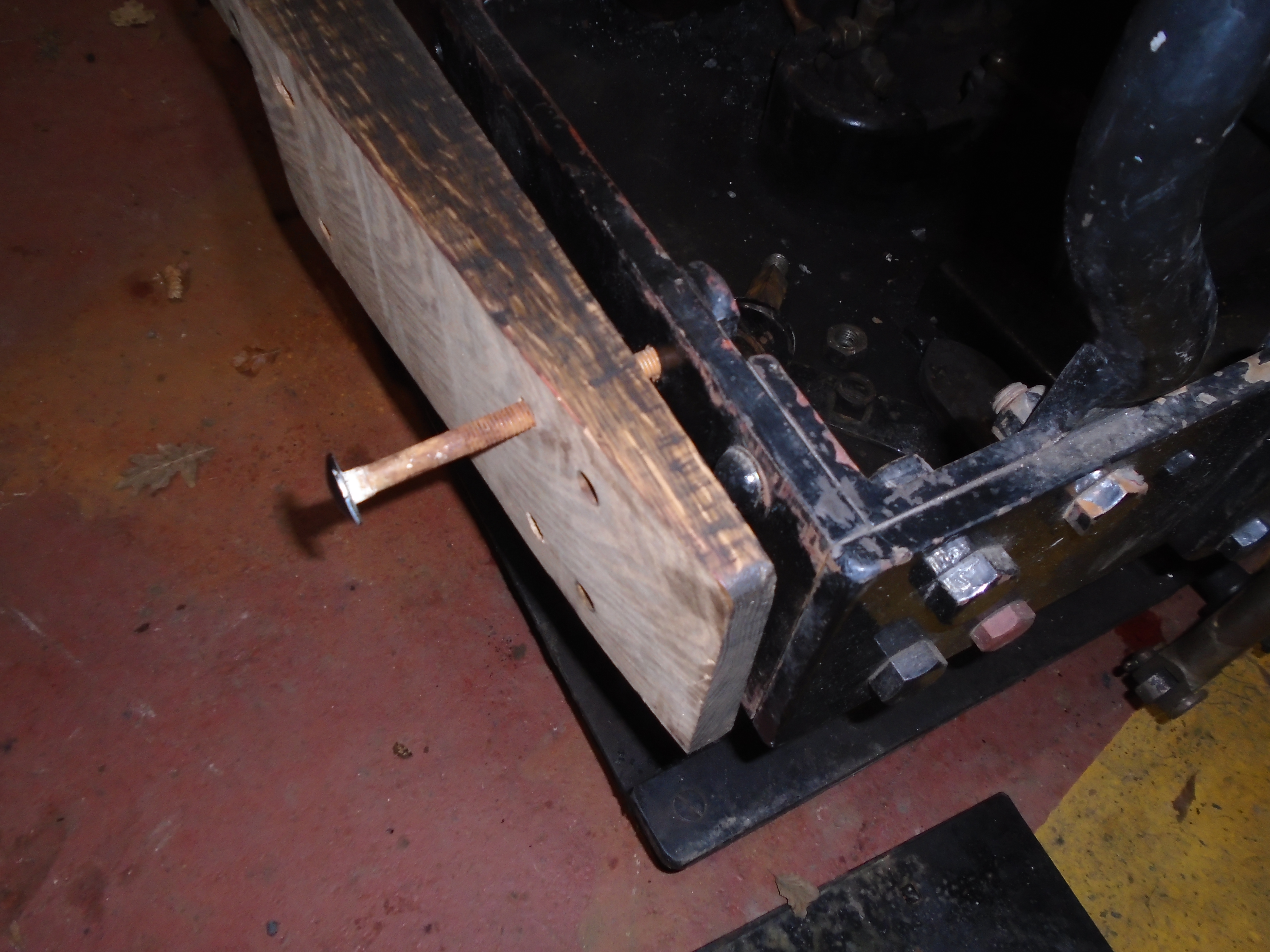


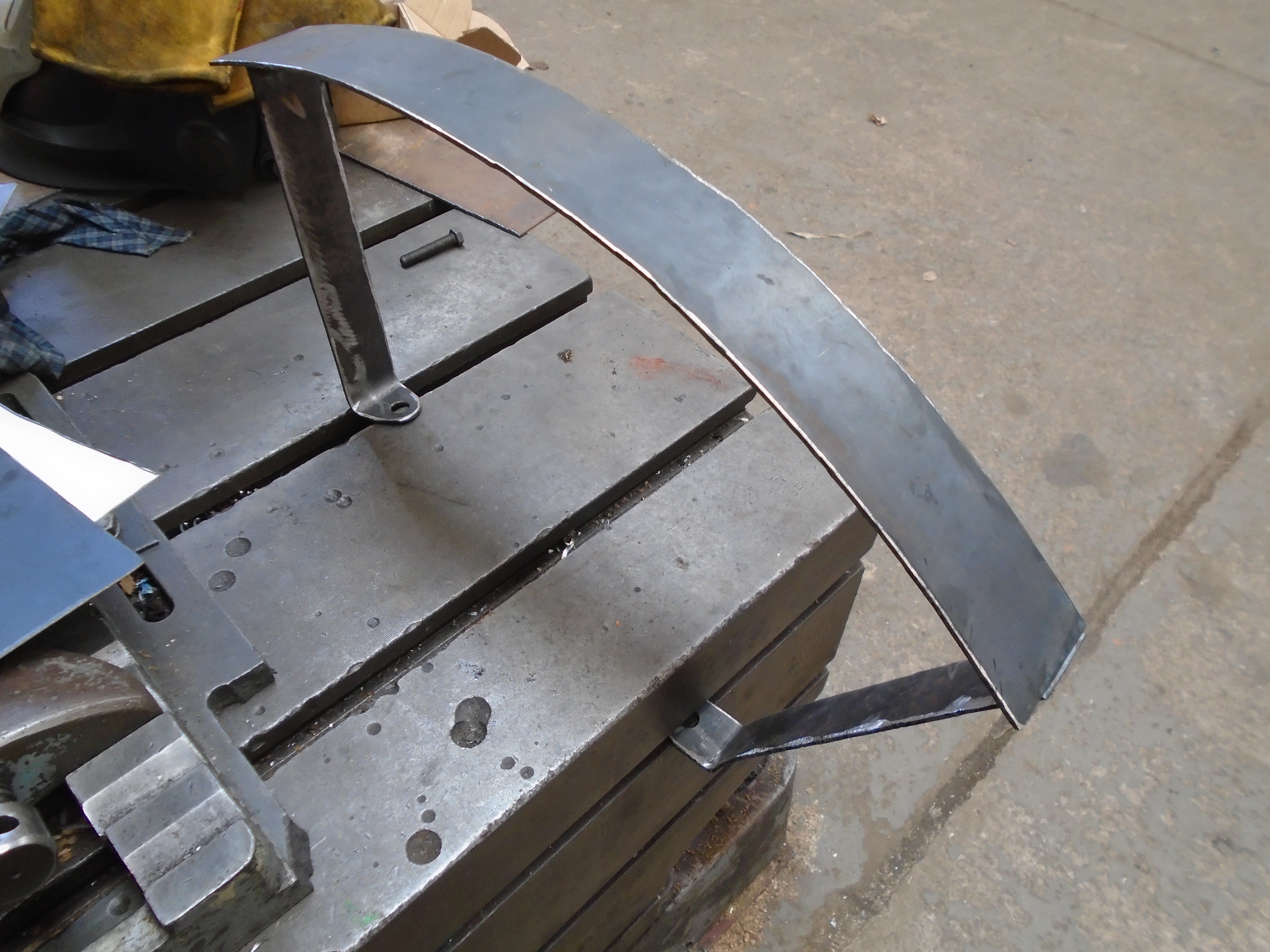
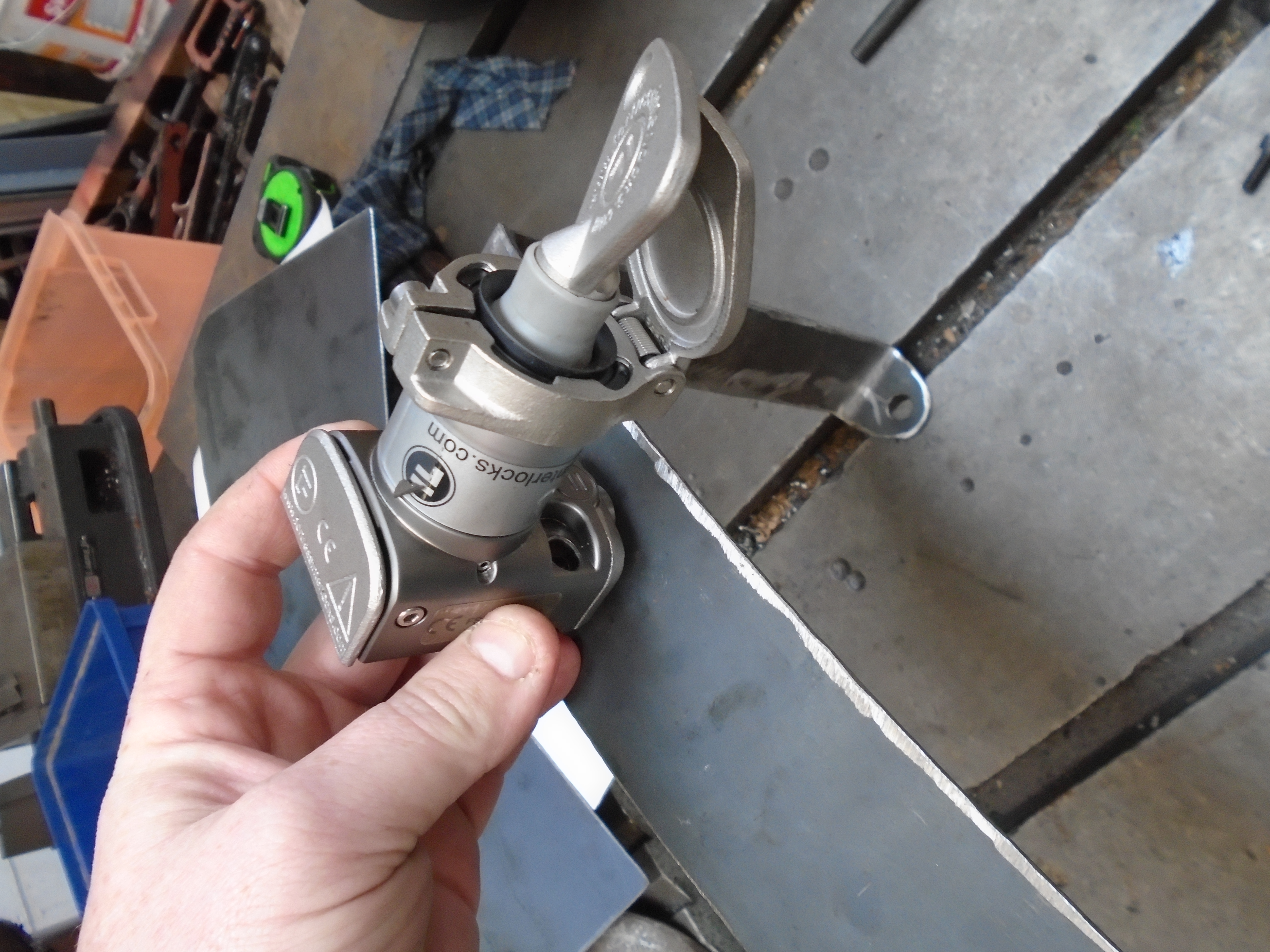




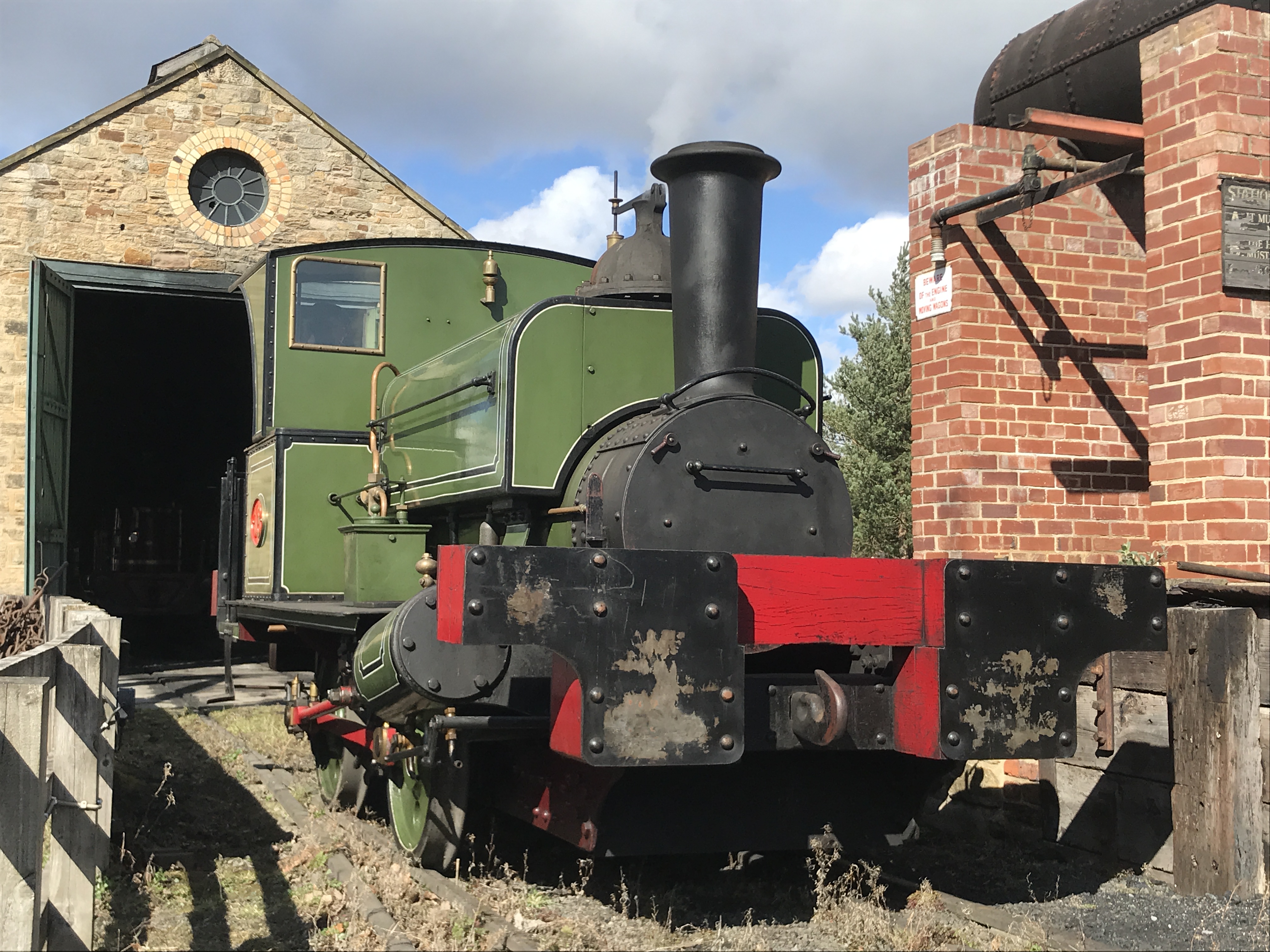






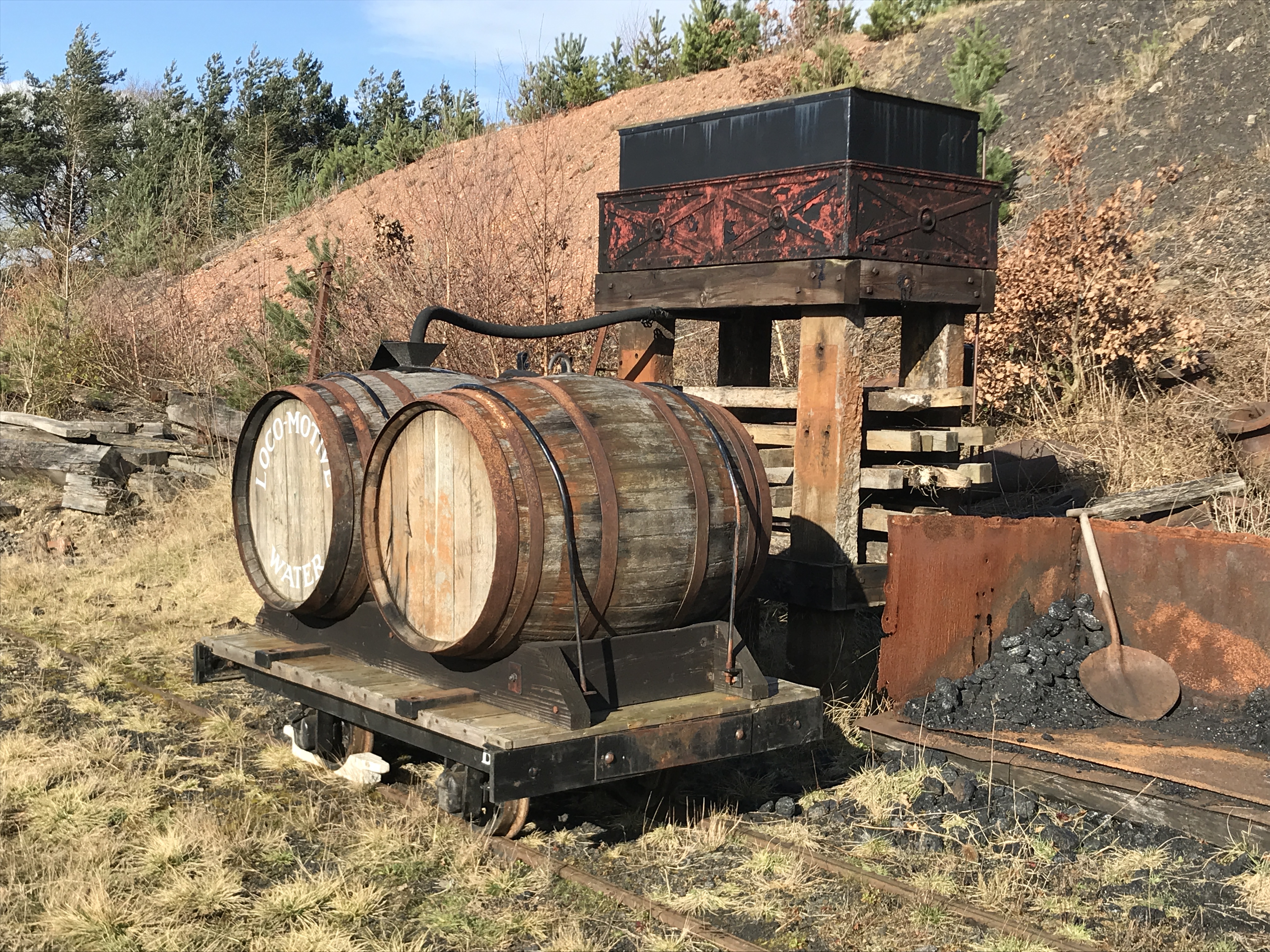
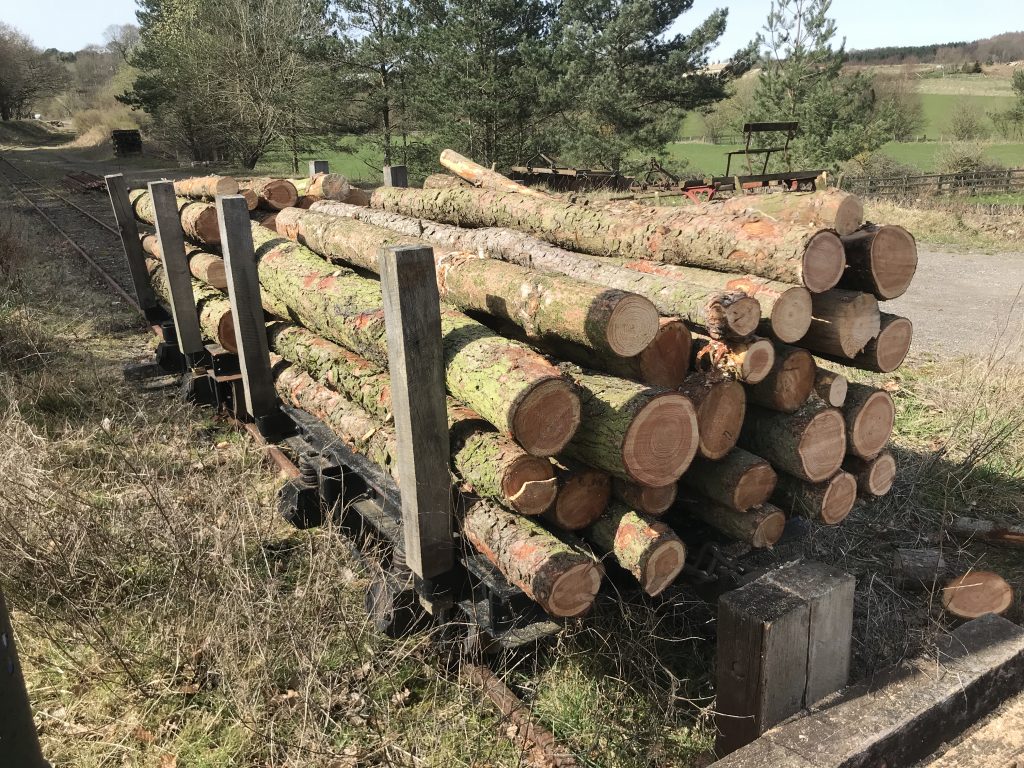
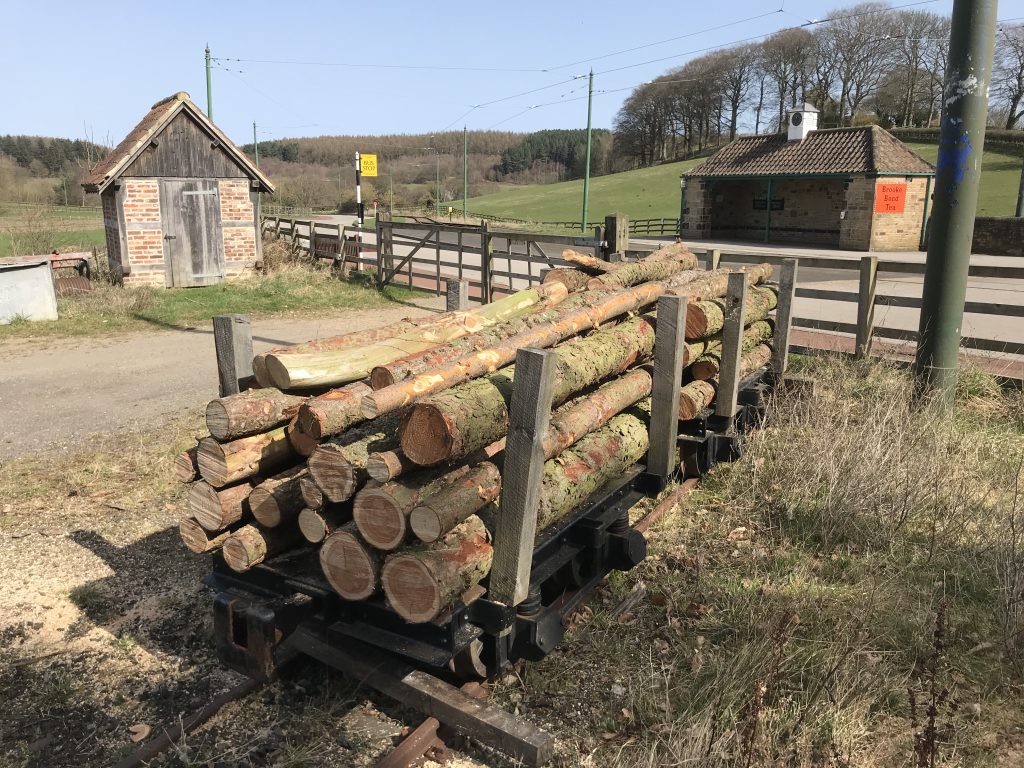








If allowed to travel, 1st May will mark a long overdue return to Beamish for me. Wondering if Peckett 1370 will be out of hibernation and on the Colliery railway for that date?
The idea of a small saw mill sounds promising, the portable ones used at the GNSF’s fitted in with the narrow gauge nicely.